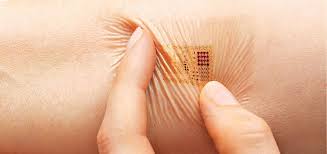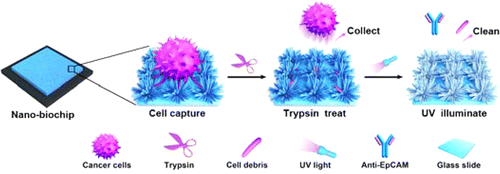Bio Chip Bio chips and (Nano Microarray technology) technology Nano Microarray (based on PhD Nano _ microelectronics)
Researcher and author: Dr. ( Afshin Rashid)
Bio Chip Bio chips and (Nano Microarray technology) technology in gene and protein arrays Although several years have passed since the identification of the structure and determination of the complete sequence of the human genome and it has been determined that the human genome consists of 3 billion new clotides and about 30,000 The gene has been formed, but no major change has been made in solving hereditary diseases and discovering the causes of various human diseases due to the complexities in the human genetic structure and various factors affecting it.
Because previously it was thought that a gene is responsible for an activity, and experts studied the structure and function of individual genes and proteins separately, but now it has been determined that several genes are involved in some disorders and a number of processes in A disease or cellular or tissue damage is involved. The result is that a method must be devised to simultaneously examine the sequence, diversity, genetic differences, structure, and activity of tens, hundreds, and thousands of genes of proteins simultaneously.
Nano biochips , a bioelectro- nanoelectronic device and micro-array, perform extensive genomic, perteomic, and large-scale functional analysis . Nano biochip mainly consists of three types: DNA microarray, protein microarray, and microchip chip. By integrating microarray and microfluidic systems, a micro-nano-total analysis system, often referred to as the laboratory system ( nanobiochip ), is produced. Advances in nanotechnology have consistently reduced the size of nanochemistry , which in turn has reduced production costs and increased its high throughput capability. Due to the low cost, high power and nano-miniaturization benefits, this technology has great potential. The biggest advantage of DNA arrays is their high speed and power, and they are used in various genomic applications, including analysis by electrical nanoparticles of nano biochips. Nano biochip chips, especially functional microarrays, Is used to study basic biological properties such as the interaction of cells or other molecules. Nano biochips are capable of performing various types of chemical and cellular analysis, isolation and reaction. Nano biochip is one of the fastest growing areas of microtechnics and is the development of nanotechnology and has many technologies for developing applications in a wide range of disciplines including analysis and detection in cells. The device is made of nanoparticles.
Conclusion :
Nano biochips , a bioelectro- nanoelectronic device and micro-array, perform extensive genomic, perteomic, and large-scale functional analysis . Nano biochip mainly consists of three types: DNA microarray, protein microarray, and microchip chip. By integrating microarray and microfluidic systems, a micro-nano-total analysis system, often referred to as the laboratory system ( nanobiochip ), is produced.
Author: Dr. ( Afshin Rashid)




